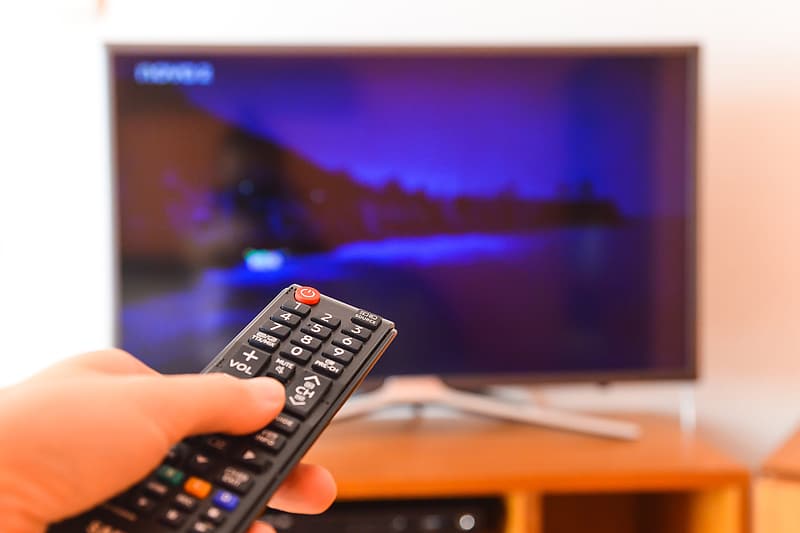More than 850 primary school students are counting from today, April 20, and during the third period on support classes through television, and will learn from distance teachers due to the Covid-19 pandemic.
Between 9:00 am and 17:30 pm, more than a hundred teachers will enter the homes of students who will be able to learn without leaving the couch.
There are 112 teachers from six public schools, two private and from the cyberschool, within the scope of the program #Estudo Em Casa, a supplementary set of educational resources created by the Ministry of Education, and which began to be broadcast daily by RTP Memória.
Classes start at 9:00 am for the little ones and end at 17:30 pm after the subjects given to the 9th graders. The timetable is available here
Most students take an hour of classes per day, divided into two 30-minute blocks. The teachers of the 1st and 2nd grade students are the first to appear on the screen, and then the subjects for the 3rd and 4th grades appear.
At the end of the morning, it is the turn of the 5th and 6th grade teachers. In the afternoon, the first subjects are for 7th and 8th grades and, finally, there is a block just for 9th grade students.
Since March 16, all educational establishments have been closed, by decision of the Government to try to control the spread of the new coronavirus, which has already infected around 20 thousand people in Portugal.
More than two million children and young people, from kindergartens to higher education, have stayed at home and most have distance classes through 'online' platforms or 'email' exchanges with their teachers.
However, there are those who do not have Internet or equipment to follow the classes. The problem is more dramatic among students up to 15 years old.
Based on INE data from 2019 on families with children under the age of 15 who live in homes without access to the Internet, economists Hugo Reis and Pedro Freitas concluded that, in basic education alone, there will be about 50 students in this situation.
The numbers are contained in an article published on the Education Initiative website, a project of the Soares do Santos family.
School directors believe that the television teaching project will be used by the vast majority of teachers, even those who do not have “disconnected” students.
“It's a complement to the classes they are giving and I don't think anyone will waste it. Students who do not have the Internet and others will use it too», he told Lusa Filinto Lima, director of a grouping of schools in Vila Nova de Gaia and president of the National Association of Directors of Groupings and Public Schools (ANDAEP).
There are more than 850 students in primary education and those who are taking classes with their teachers during #Estudo em Casa will be able to review the materials later on through RTPPlay.
In this way, the Ministry hopes to be able to reach students who were falling out of the system, repeating a model similar to the one that was born in the 60s, when there was a lack of schools and public transport that would allow everyone to go to classes.
At the time, Telescola was only aimed at students who wanted to complete the 5th and 6th grades, as most Portuguese stopped studying when they finished “Primary” (1st cycle).
In 1965, when Telescola broadcasts began, there were just over a million students in primary education. Of these, only 72 thousand were enrolled in the 2nd cycle. Now there are almost three times more: there are almost 200 thousand students attending the 5th and 6th grades.
Half a century ago, thousands of children watched the daily black-and-white broadcasts that began after lunch in primaries or parish centers. Students had several teachers on television, but only one support teacher at school.
Now, all classes will be in color: either on television or through computers, mobile phones or 'tablets', where teachers can be found daily.
Basic students should only return to face-to-face classes in September, as the Government only foresees the possibility of returning to schools this academic year for students in the 11th and 12th grades, as well as for higher education students.
The government decreed the state of emergency on 19 March, which has already been extended twice and is now scheduled to end on 2 May. The diploma foresees the possibility of a “gradual, phased or alternating opening of services, companies or commercial establishments”.



















Comments